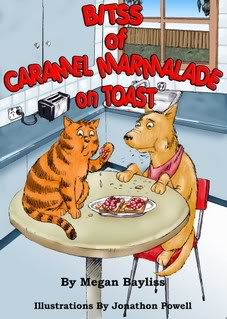Signing. Oh dear. Got it wrong again! “Sorry, no good at this. No toilet. I like cup tea, please.” “Yes. OK. You deaf?” The aircraft steward signed. Memory recall into go, go, go girl, kind of action. Hmm. I managed good signing response using Auslan (Australian Sign Language)! “No, I am hearing. I have bad voice speech. I learn Auslan help me talk many people.” “You doing very good” came the response, whilst keeping direct eye contact and using great facial expressions when signing before he reverted back to speech communication. He then poured me a cup of tea, passing it to me with a beaming smile. Phew! What butterfly’s in the tummy feeling all of that was!
Although embarrassed, I also felt quite chuffed about being brave enough to venture into the world of Auslan to communicate in public. Then it dawned on me! The lovely young man not only understood me but immediately replied using Auslan! Many people now learn Auslan through their workplace staff training programs. There are also classes available to the general public through many TAFE colleges and Deaf Services in each Australian State. Other countries also have similar services.
For those of us living with the effects of Spasmodic Dysphonia, Auslan (or any formal sign language) is a great communication tool to keep in our communication skills tool kit. Officially recognized as a minority group language in Australia, many children in our schools choose to learn Auslan as a Language Other than English (LOTE).
My youngest son Darren aged 36 has a significant disability himself. However, he lives with me and is my carer. I have great respect for him. Frequently, he is my voice on the telephone. When we book travel tickets he is there with me to interpret when my voice does not allow me to say what I want. Last year he traveled with me through the UK, France, Italy and Japan. His support is so treasured by me. Darren has also learned some Auslan and can understand my signing very well before speaking on my behalf.
Both Darren and I continue our learning of Auslan by enrolling in more advanced classes run by Queensland Deaf Services in Cairns, Australia. Very useful resources we use frequently are as follows:
· http://www.auslan.org.au/ provides an excellent signbank showing the signing for words and also the finger spelling of words as well as number signs. A visual dictionary in action!
· http://www.deafservicesqld.org.au/ provides information about Deaf Services in Queensland, interpreter services, Auslan classes and links to other sites and services. A good place to start, gets you thinking about who and how to contact resource services nearer to you.
· http://www.deafnessresources.net.au/ provides many Books/Videos/CD-ROMs/DVDs and other fantastic resources available for purchase. Just great for speech impaired people too! Also, their email address is, dra@deafnessresources.net.au if you like to ask any questions.
· A great dictionary! Johnston, T. A.(Ed) 2005. Signs of Australia – A new dictionary of Auslan (Australian Sign Language). Sydney: Deafness Resources Australia. Available by ordering through all quality book stores or from the Deafness Resources site.
Have fun learning new ways to communicate for those times when your voice is not quite doing what you need it for! Let me know if you have any further suggestions by leaving a comment. You know, you are most welcome to do so. Sue Bayliss.
Subscribe to:
Post Comments (Atom)








2 comments:
My family has no difficulty understaning my finger signs either! and I've got voice.
Isn't the sign for toilet similar to signing the letter T?
Megan. Thank you for your comment and yes, I too understand your finger signs - I just don't openly admit to it. At least those signs are universal and do not reflect an accent! Oh well, the idea is to get a message across to the other person and that you certainly do. Yes, the toilet sign is very close to the letter 'T' in Auslan. Cup of tea is holding imaginary cup and saucer and raising 'cup' to lips. These days I get it right! Love you. Mum XX
Post a Comment